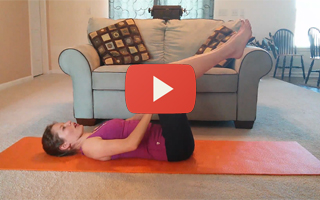
For over a decade Pilates has been deemed a viable method for treating chronic lower back pain that can be compared in effectiveness with physical therapy. Several studies were focused around measuring the effectiveness of the method as compared to other forms of exercise or no exercise at all.
- A Pilates-specific exercise program produced a significant decrease in lower back pain and disability as compared to usual care (visits to healthcare professionals and general recommendations) over a 12-month follow-up period (study published in the Journal of Orthopedic & Sports Physical Therapy, 2004)
- Certain populations of people are more likely to benefit from a Pilates-specific rehabilitation program. The factors that might predict the effectiveness include the duration of symptoms, body mass index and range of motion of the trunk and hips (the Journal of Orthopedic & Sports Physical Therapy, 2012)
- Clinical Pilates produced similar results in treating symptoms of lower back pain as general exercise (Medicine and Science in Sports and Exercise, 2012)
- A Pilates-based rehabilitation program with the focus on body awareness, breathing, movement control, posture, and education is an effective way in treating and preventing chronic lower back pain (based on the responses of 30 Australian physiotherapists, published in the Journal of the American Physical Therapy Association, 2013)
There is still a lacking number of clinical studies that give a thorough overview of Pilates as a method to treat back pain. Some of the results are conflicting and it can be safely assumed that conflicts arise from the different styles of teaching Pilates.
However, if you go to any Pilates studio you will find a growing number of people who ascribe their back health to a regular Pilates practice.






